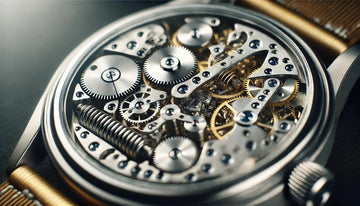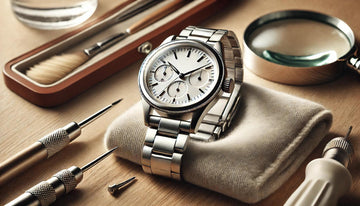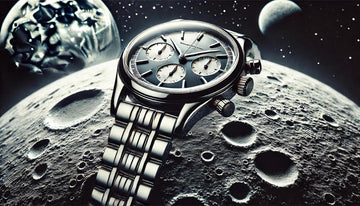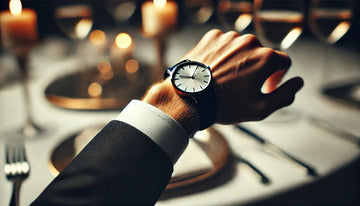You don't always think about it, but behind the ticking of a watch, there is of course a world of precision. Did you know that an average mechanical watch consists of a staggering 130 to as many as 300 individual parts! These minuscule components work together to display time down to the second. All tucked away in that tiny object on your wrist. From gears to screws, each piece plays an essential role. Because if a part is broken or not attached properly, it all stops. The most important parts are the gears, the movement (called the ‘calibre’), the balance spring, and the escapement. The balance spring, the beating heart of the watch, keeps the hands spinning in an even rhythm. In addition, the escapement controls the transfer of energy from the spring to the hands.
Some watchmakers go a step further. Luxury brands such as Rolex and Patek Philippe create watches with hundreds of extra parts, often made by hand. These intricate timepieces, with additional functions such as a chronograph or moon phase, can even consist of more than 500 tiny parts! You understand that the precision with which these parts are put together is impressive. Each piece, often smaller than a grain of rice, has to fit perfectly. An error of a fraction of a millimetre can already have disastrous consequences for the functioning of the timepiece.
Although a watch is small, it is an engineering masterpiece. It does not matter whether it is a simple wristwatch or a luxury timepiece costing thousands of euros: it is an insane feat of ingenuity.
Blog posts






